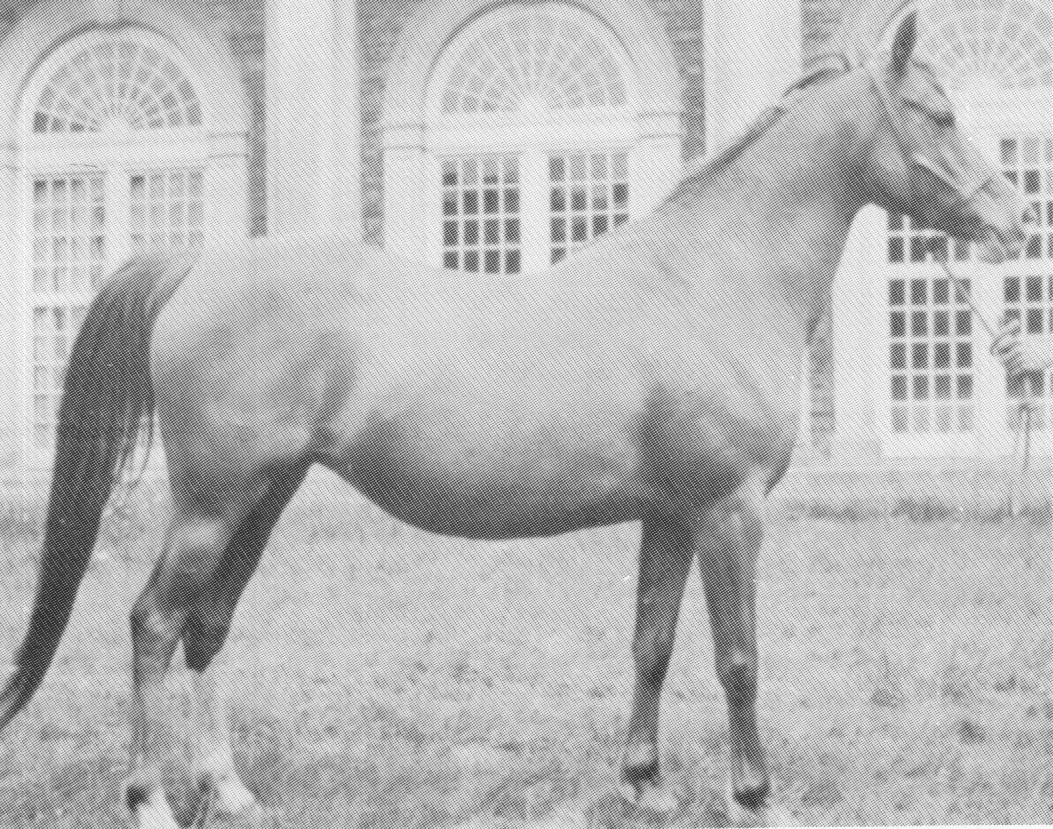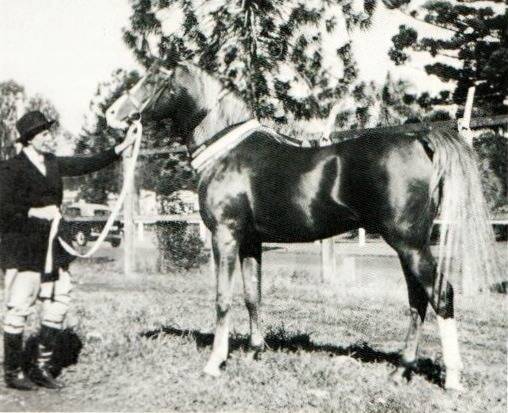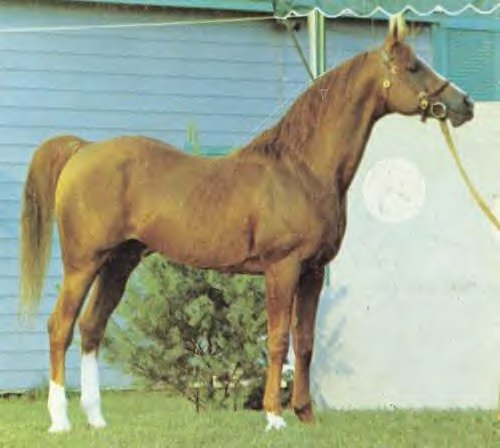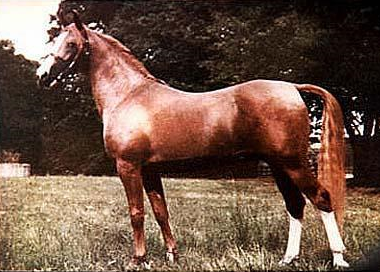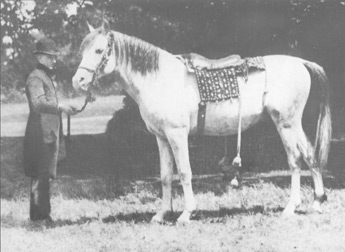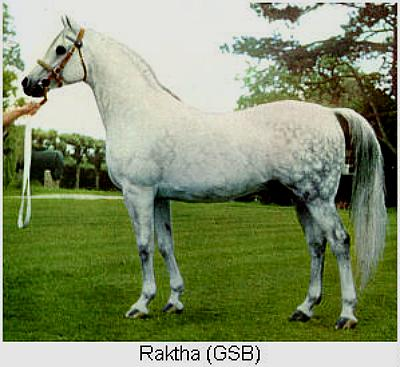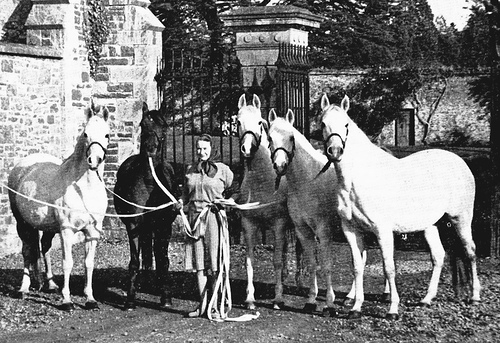Hanstead Stud
-
Margaret Murray and the Painswick Lodge Stud: Part 1, 1932-1967
-
Count Manilla
-
*Count Dorsaz
-
Oran by Arlene Magid
-
Three Great Crabbet Sires: *Serafix, *Silver Vanity and *Raffles
-
Queen of Sheba and Azrek
-
A Resume of the Influence of Crabbet on South African Horse Breeding
-
The Most Beautiful Little Horse

